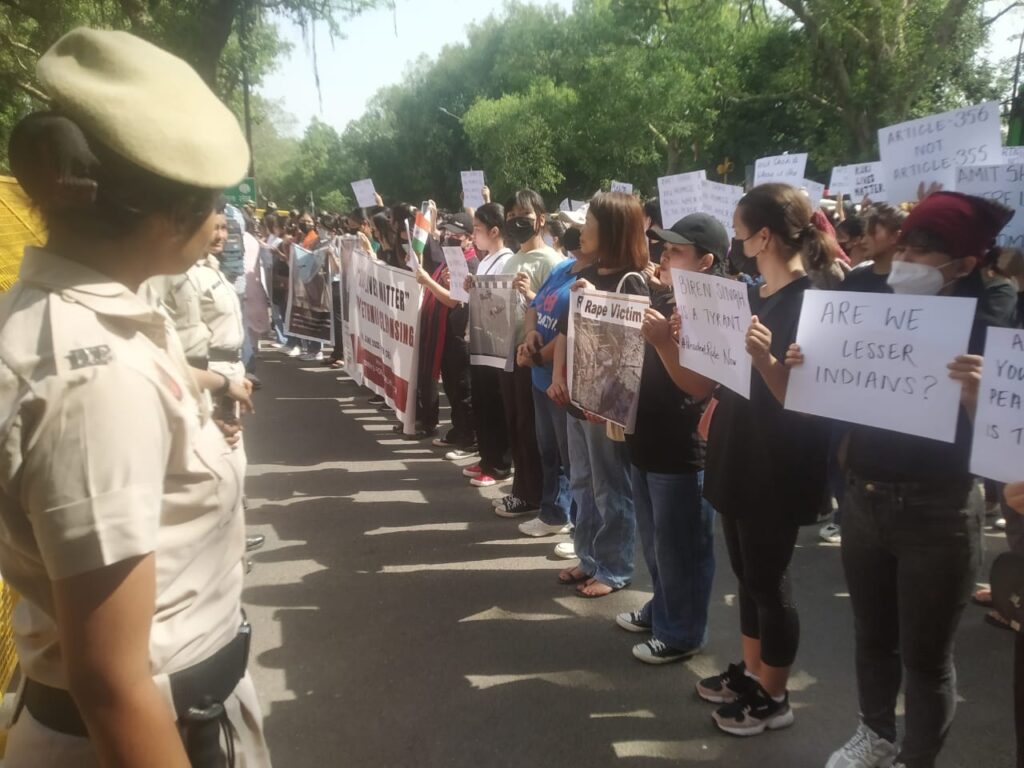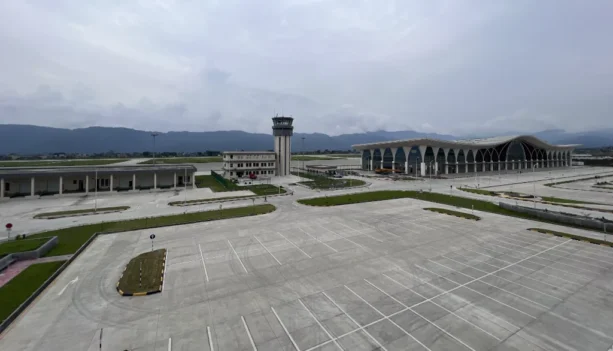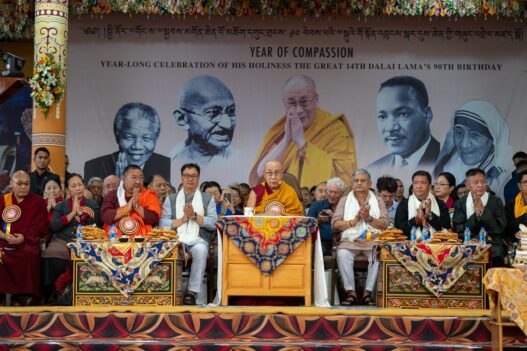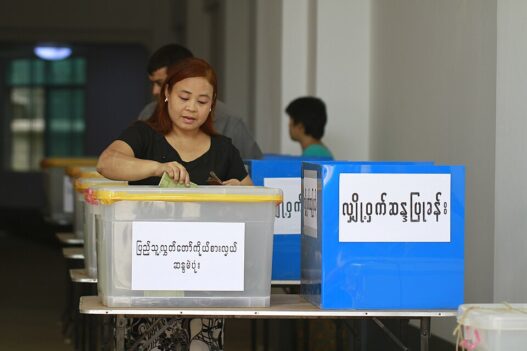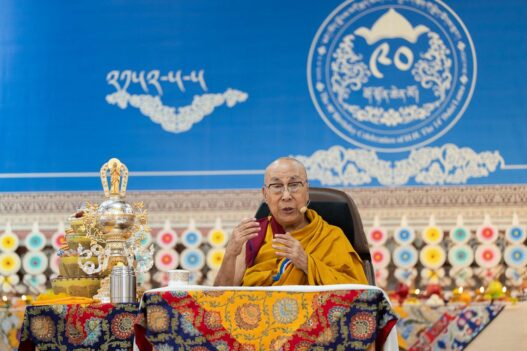In the northeastern state of Manipur, a digital darkness has persisted since May 3, 2023, as a state-wide internet shutdown extends its grip, leaving residents in the lurch until at least October 11, 2023.
This extension, a recurring theme, comes against a backdrop of growing apprehension regarding its impact on basic rights, the flow of information, and essential services.
The shutdown took a brief respite on September 23 when, after nearly five months of suspended connectivity, Manipur’s government restored mobile internet services. However, this relief was short-lived, as on September 26, spurred by protests in Imphal over the tragic deaths of two Meitei teenagers, the government swiftly reimposed the ban, pushing the blackout period to October 1.
Late September witnessed a resurgence of violence in Manipur, fueled by the circulation of photographs depicting the deceased students, Luwangbi Linthoingambi Hijam and Phijam Hemanjit Singh, who had gone missing in July during the height of ethnic tensions. The ensuing student protests escalated tensions, leading to clashes with security forces and injuries among the demonstrators.
October 1 brought yet another extension of the suspension of mobile internet and data services, this time stretching the blackout until October 6.
Protests and incidents leading to shutdown extensions
Meanwhile, the Senapati District Students’ Association (SDSA) made a bold move by initiating an indefinite economic blockade on October 6 in the Senapati district. This action left approximately 90 commercial vehicles stranded along the Manipur-Nagaland border, affecting vital lifelines, National Highways 2 and 129A, crucial for Manipur.
In their statement, SDSA emphasised that access to the internet is not just a privilege but a fundamental right for all citizens, which should be uninterrupted. They strongly criticised the continuous imposition of the mobile internet ban across the entire state, even when issues were localised, as unjustifiable and a violation of basic rights in a free state.
The initial rationale for the shutdown, aimed at quelling violence between Meiteis and Kukis, has faced widespread criticism. Manipur had briefly restored broadband services on July 25, 2023, after 83 days of a complete internet blackout. However, mobile data services remained elusive, and access remained conditional. The absence of a specified end date cast a shadow of uncertainty over this partial restoration, rendering it seemingly indefinite.
The extension of the internet shutdown has elicited strong reactions from various quarters, including the Naga Students’ Union Chandel (NSUC). The NSUC expressed dismay at the imposition of a mobile internet ban in the peaceful Chandel district, which had remained untouched by ethnic violence. The union highlighted the adverse impact on students, competitive exam aspirants, entrepreneurs, and the public at large, all grappling with the absence of mobile internet services.
India’s troubling trend: Internet shutdown statistics
Critics argue that the internet suspension has hindered the flow of accurate information and contributed to misinformation. Moreover, the shutdown has adversely affected emergency services and the dissemination of vital information about ongoing events.
According to reports, it is indicated that although the telecom suspension rules mandate the establishment of a review committee responsible for evaluating the legality of internet shutdown orders, there is no documented instance of Manipur’s review committee convening to address the numerous shutdown orders issued by the Manipur government’s home department.
Beyond these concerns, the internet blackout has cast a shadow over daily life, affecting access to healthcare, education, banking facilities, livelihood opportunities, and government welfare schemes dependent on the internet.
The internet shutdown in Manipur highlights the alarming rise of such incidents across India, with the country ranking second in the world for internet shutdowns in the first half of 2023, according to SurfShark’s analysis.
Over the past decade, India has witnessed 741 internet shutdowns, with the number of cases escalating from three in 2012 to 49 in 2023. Various events, including protests against the Citizenship Amendment Act in 2019, the abrogation of Article 370 in 2019, and the introduction of Farm Bills in 2021, have contributed to this concerning trend.
As Manipur’s protracted internet shutdown continues, it raises serious concerns about human rights violations, freedom of information, and the government’s adherence to legal protocols. While the digital darkness persists, stakeholders, including civil rights organisations and the international community, are relentlessly advocating for the restoration of internet access and the protection of fundamental rights in Manipur.
As the internet shutdown gets restored on October 11, it awaits to be seen how this development will impact the state and its people. In such dark times in Manipur, the prolonged internet blackout in the state is not just an isolated incident but part of a disturbing global trend where access to information, a cornerstone of democracy and human rights, is increasingly under threat. This situation illustrates the need to find solutions for the complicated relationship between technology, government, and our basic freedoms.

